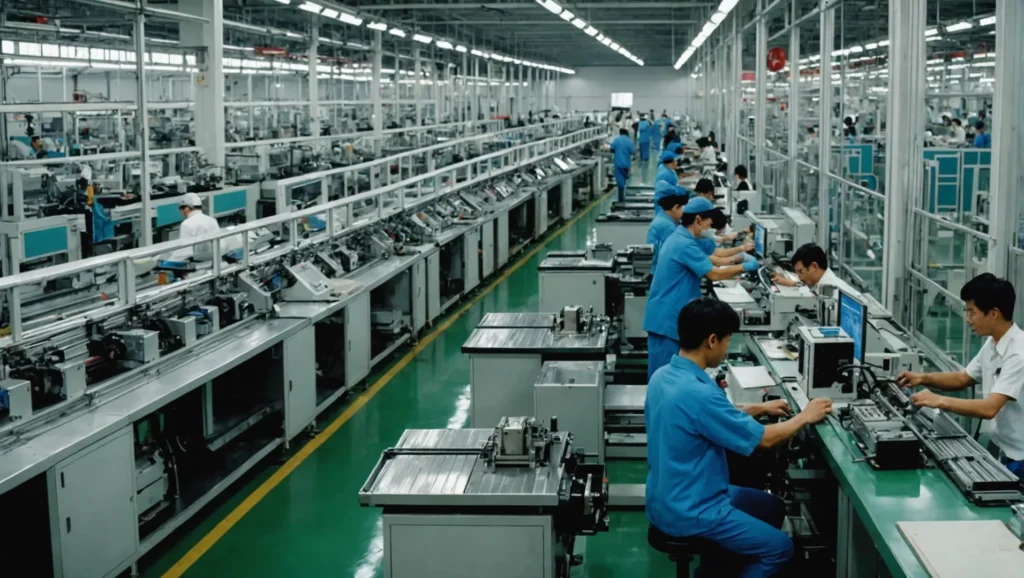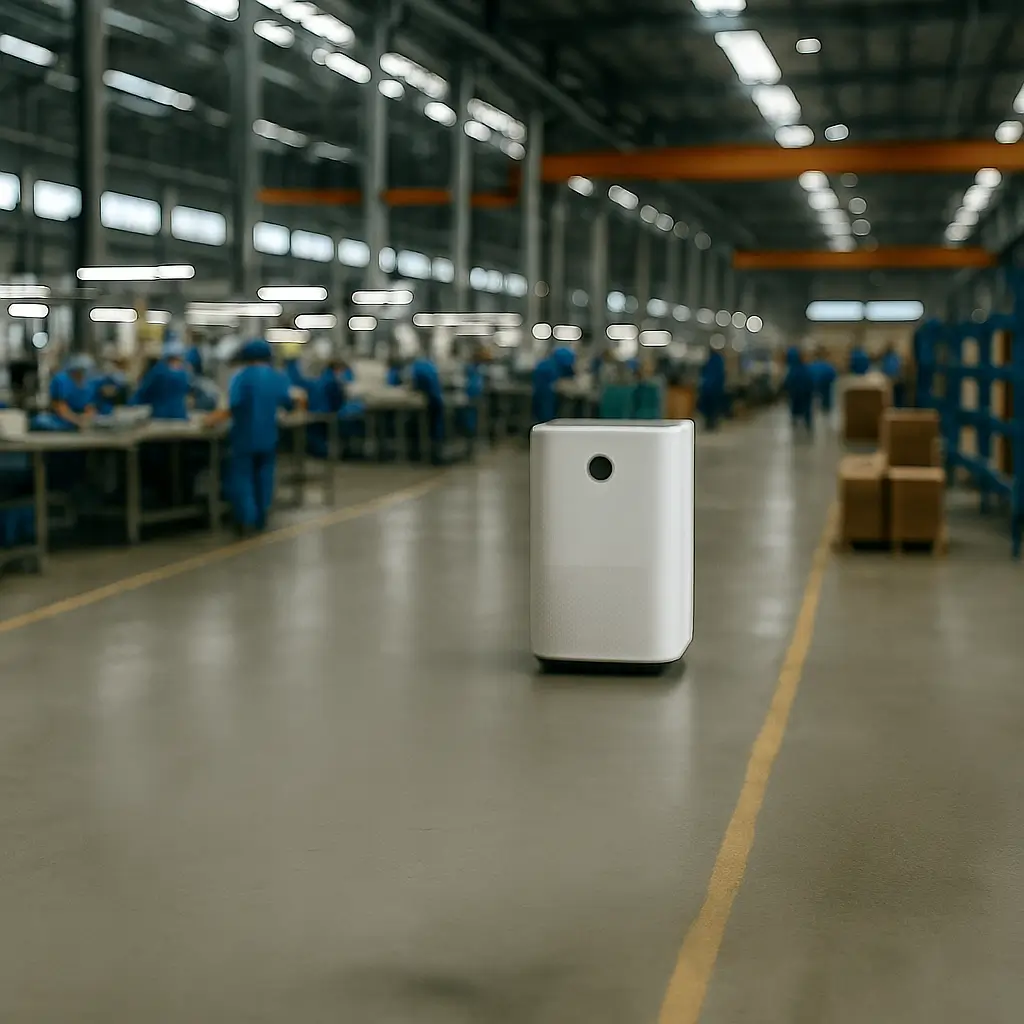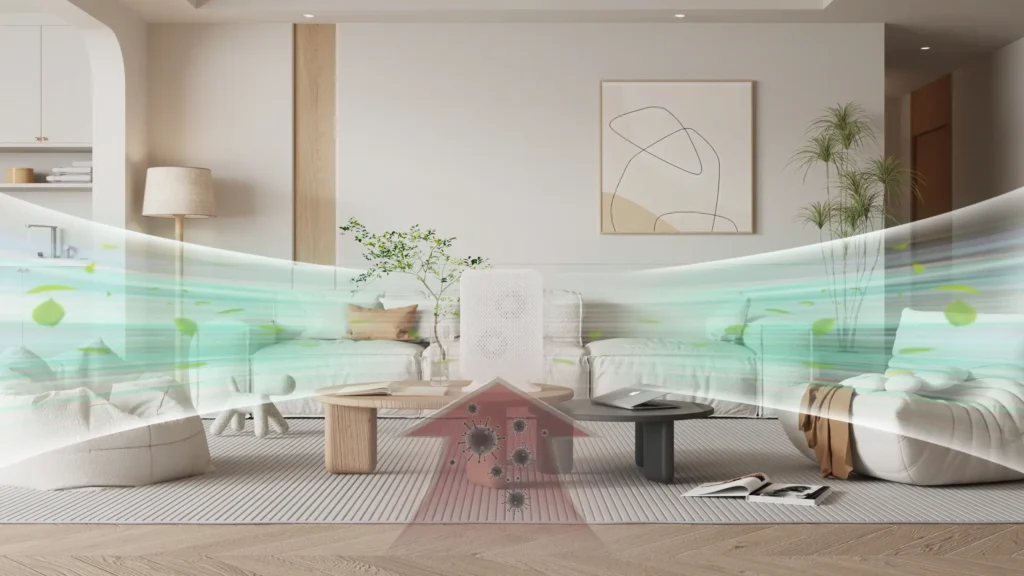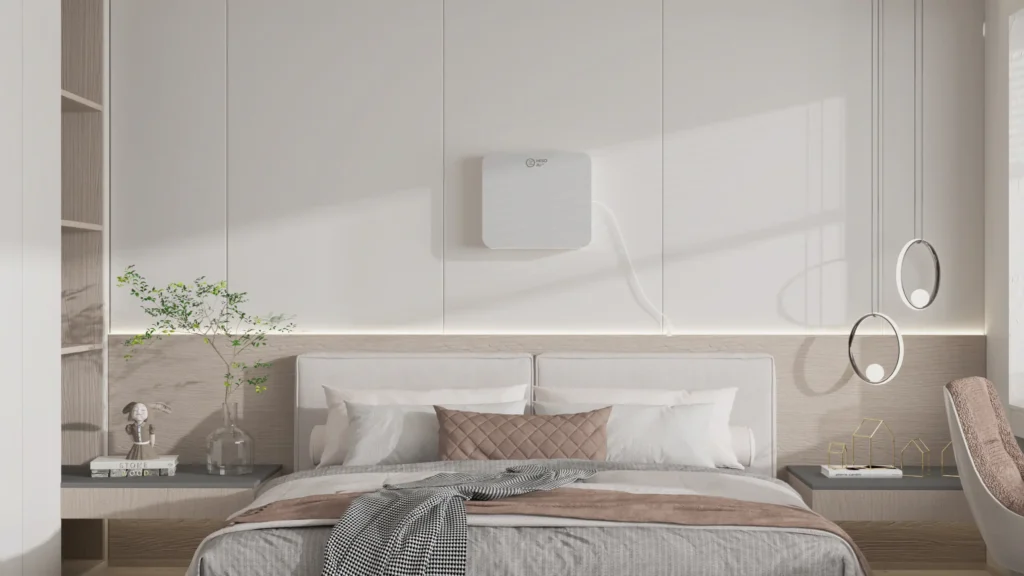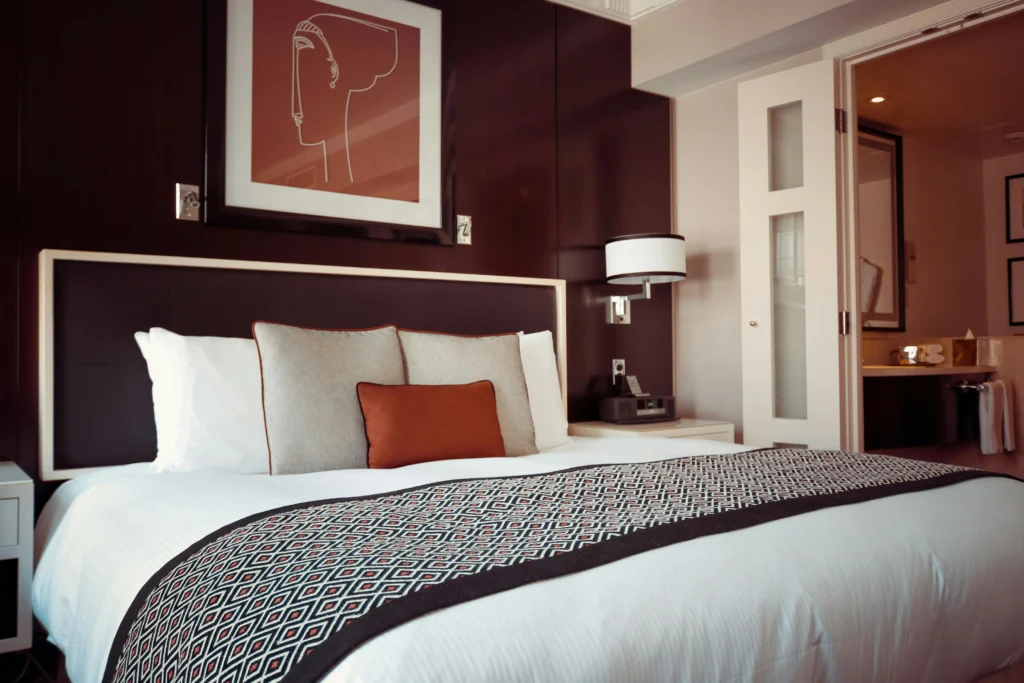The correct placement of air purifiers drastically improves their ability to remove airborne pollutants. But where should you really place them? What are the things you need to remember when it comes to this matter? Read on to find out the answers.
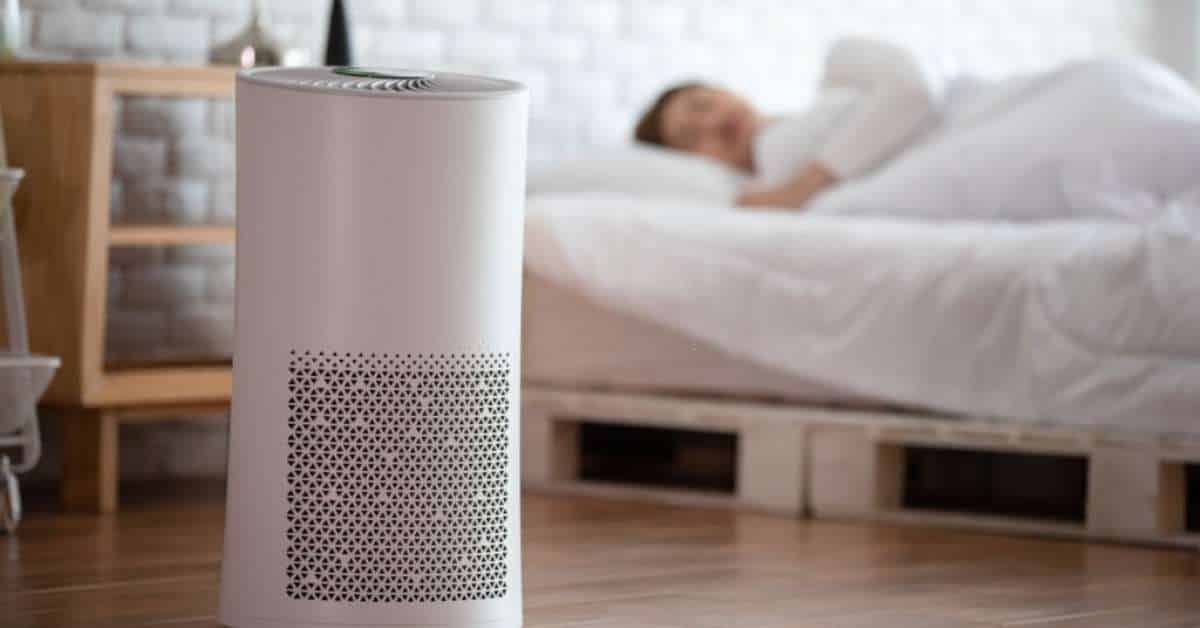
Image Source: iStockphoto
Air purifiers are essential tools for improving your indoor air quality. These air purifiers are designed to remove airborne contaminants through the use of a comprehensive filtration system. Depending on the filters, it is possible for an air purifier to remove allergens, pathogens, particulate matter, and gaseous substances. High-quality air purifiers, such as those manufactured by HisoAir, display impressive efficiency in eliminating airborne pollutants. But aside from the quality of air purifiers, one should know that their placement plays a factor in their overall performance.
Where Should You Place Air Purifiers? Places that Need Air Cleaners
Getting cleaner air and optimizing your air purifier's power consumption is truly the cherry on top of a cake, especially during a pandemic.
1. Home
2. Hospital Rooms
3. Restaurant
4. Gyms
5. Hotel & Cruise Ships
#1 Home

The home is where most of us stay now, especially with the continuous lockdowns, work-from-home and study-from-home scenarios. Air disinfection machines help restore stale air being recirculated inside your home. It also reduces indoor air pollution and cleans the air from bacteria, dusts and microorganisms that cause irritation and respiratory infections.
Where to Put an Air Sanitizer Machine in Your House?
Here are the places you can put an air purifier in your house.
- Living Room - where people gather together and stay for long periods of time.
- Dining Room - where different odors and smells are coming from
- Bedroom - to reduce respiratory irritations and asthma triggers while your sleeping
Which part of the house do you spend your time the longest? Which rooms do you unlikely use?
The rule of thumb is to place one air purifier in your bedroom and another one in the living room.
If you have a studio apartment, you can use a desktop air purifier which covers the size of your place.
#2 Hospital

Using air cleaning systems in Covid19 facilities can reduce the spread of the disease by absorbing infected air and cleaning it.
A high performance fresh air machine can clean and filter the indoor air from the coronavirus . In addition to the proper wearing of masks and PPE, hand washing and use of alcohol hand sanitizers , air purifiers can be added as an infection control strategy in hospitals.
Where to Put Air Purifiers in Hospitals?
You can place High performance, hospital-grade air purifiers in the following healthcare facility rooms to deliver and circulate infection-free air.
- Near infected patients or patient rooms
- Aerosol-generating sites or AGP rooms
- Closed vehicles where Patients Under Investigation (PUI) are being transported
- Hospital rooms
- Surgery rooms
#3 Restaurant

Restaurants are high risk environments where people take off their face masks when eating. And even though these establishments are taking precautions in maintaining proper table spacing with 6 feet apart and bringing down capacity, the CDC still labels on-site dining as a high risk activity .
This is where strong True HEPA air purifiers can help reduce air pollutants and viruses to protect diners and restaurant staff from getting coronavirus infection. True HEPA Air purifiers can be a supplement defence strategy for restaurants, alongside social distancing, proper ventilation and sanitizing.
Furthermore, air purifiers with UV filters and HEPA technology can help trap and kill microorganisms causing sickness and provide a safer indoor environment for diners.
#4 Gyms

Gyms are where a lot of sweaty and heavy-breathing activities can be found. These establishments can pose high risk for people especially when there's no proper ventilation as stale, infected air can be circulating.
According to the Californian EPA , men and women working out take 40L more air than sitting down. Fitness centers tend to be filled with airborne chemicals such as carbon dioxide, dusts, and formaldehyde. And because some gyms have poor ventilation and air filtration, air pollution levels are high.
Like in restaurants, workout facilities need fresh air every minute as people have more increased air consumption during exercises.
For workout facilities and gyms, commercial air disinfection purifiers can reduce fine particles and harmful gases through a HEPA filter. Through this, VOC's or volatile organic compounds are also filtered through its activated carbon media.
And note, you can use home gym air purifiers if you have an in-house gym where you and your family spend group exercises.
#5 Hotel
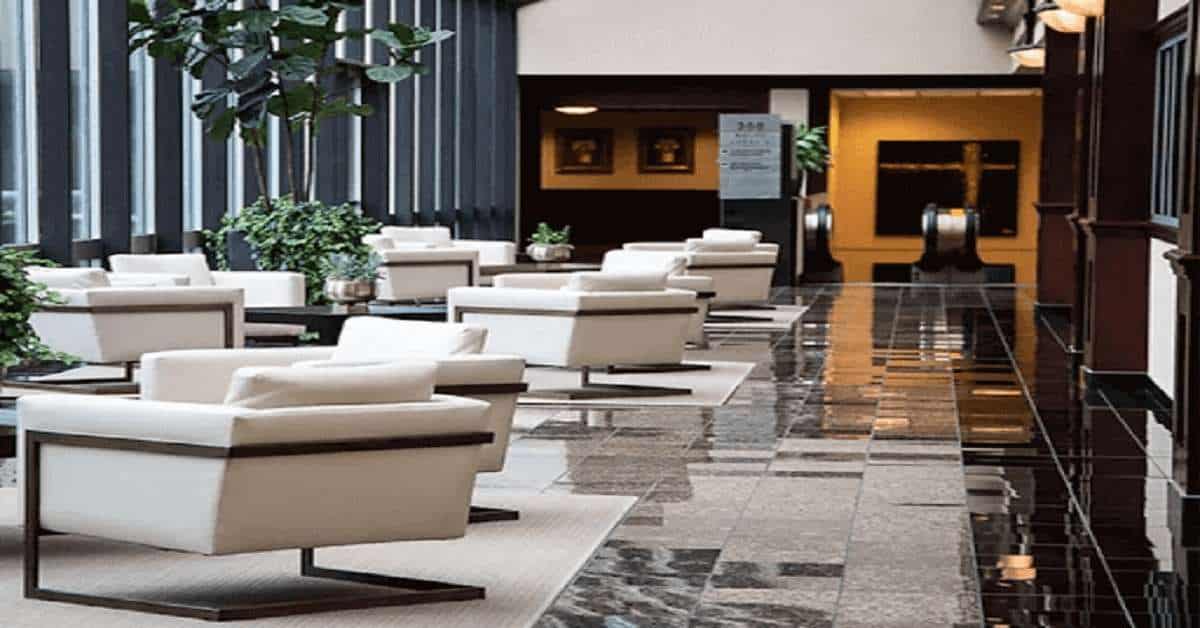
Hotels and cruise ships being places where people spend time to relax and stay-in for business trips can also easily spread the Covid-19. Hence, hospital-grade HEPA air purifiers should be used in these types of places to provide an added safety precaution for people.
“The best amenity that any hotel could provide under those circumstances is safety, especially in the air,” said Carlos Sarmiento, General Manager of the Hotel Paso del Norte in Texas.
Hotel air purifiers are a plus to a well-designed HVAC system that further provides protection against smoke, odors, dust and allergens.
Does It Matter Where You Place an Air Purifier?

Image Source: iStockphoto
Yes. Certainly. As we have mentioned, the placement of the air purifier will either improve or reduce its performance. Place it correctly, and it will be able to process large volumes of air in a given period. Even the most powerful air purifier will require you to place them in the most strategic and ideal location possible.
Air purifiers that are placed incorrectly, such as in the middle of towering furniture, will never be able to perform properly. It will not absorb air sufficiently, which, in turn, would cause the continuous proliferation of airborne contaminants.
You can always maximize the full potential of these air purifiers by putting them in the correct places and locations. It is a simple but effective strategy for ensuring that the air cleaner does do its job well!
Factors That Determine Where to Put Air Purifiers
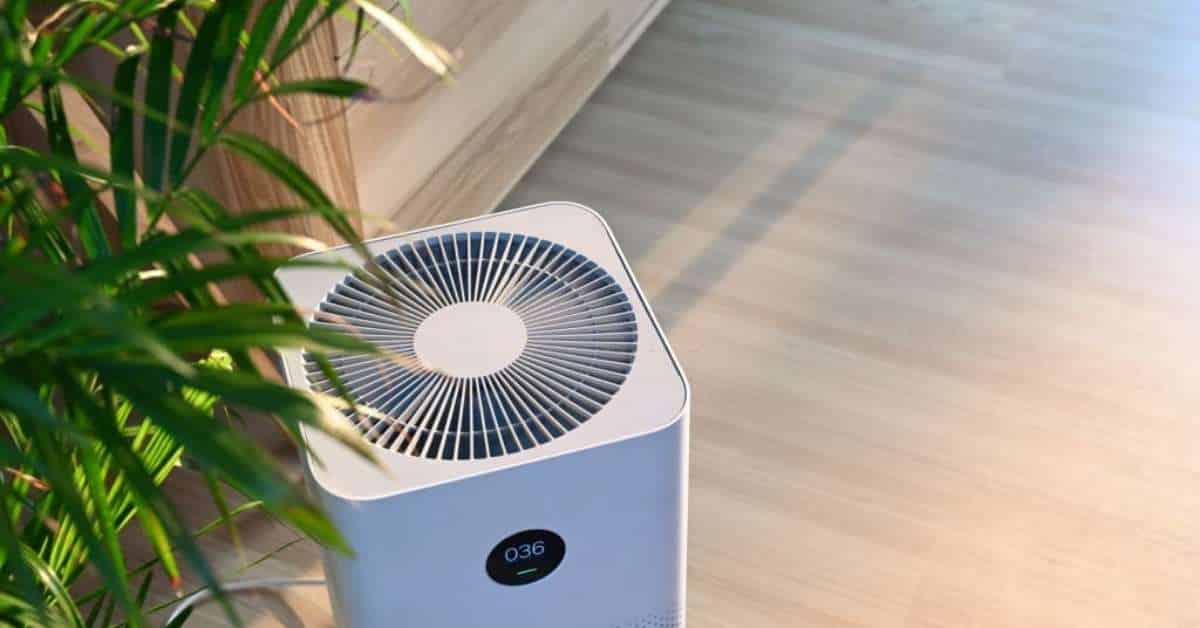
Image Source: iStockphoto
Certain aspects may affect the ideal placement of an air purifier in rooms and living spaces. Specifically, aside from the physical considerations, you also need to consider yourself and your household members as the users.
Sometimes, these air purifiers might cause some sensitivity problems in some people. While it is true that these air purifiers are generally harmless, it is still essential that you put caution so that you'll not experience issues while using them.
Specifically, you need to assess your level of needs and your sensitivity to contaminants.
Eyes
Alarmingly, exposure to airborne pollutants can cause dry eye syndrome. This condition can result in the inability of a person to produce tears. Right now, it is estimated that over four million people (50 and above) in the United States are experiencing this problem.
According to the U.S. Environmental Protection Agency, indoor air pollutants are the common cause of dry eye problems. If you are currently experiencing this condition, it is better that you have an air purifier within your proximity or in areas in your home where you commonly stay, such as in bedrooms, kitchen, and living rooms.
Nose
Of course, your nose is the one that suffers the biggest blow from these indoor contaminants. After all, you tend to inhale these airborne pollutants. And without an air purifier, you would end up inhaling more than what your body can allow.
Some people have overly sensitive noses compared to others. Hence, if a contaminant passes through their nasal passages, they'll get irritated quickly. Because of this, it is important that the air purifier isn't too close to you. After all, keep in mind that the air purifiers absorb contaminants. If it is too near you, then you'll also absorb a huge amount of airborne particles.
As always, make sure that the air purifier has some space between objects and people. Let it do its job.
Allergic Reactions
One important factor in air purifier placement is the susceptibility of people to allergic reactions. Here, you would want the air purifier to be present in rooms where these potential allergens exist.
For instance, these air purifiers should be present in areas where there are doors and windows. During allergy season, external airborne pollutants such as pollen can cause frequent flare-ups and allergy attacks. Since these particles are small, it is easy for them to breach your indoor spaces. A little gap in the window or door is a large gateway for these microscopic contaminants.
Air purifiers can counteract their potential effects on your body. Invest in large air purifiers to ensure more rapid air purification.
Tips on Placing Air Purifiers In Different Spots
The ideal placement of air purifiers may depend on the type of room or space you are dealing with. Whether it is your bedroom or bathroom, you have to ensure that these air purifiers are positioned correctly to get the most beneficial results. Here’s a quick rundown of the ideal air purifiers that you can use for your rooms, homes, and other living spaces. Better check them out!
A Quick Air Purifier Location Overview (With Branded Air Purifiers Recommended)
| Places that Need Air Purifiers | Recommended Air Purifier | Coverage | CADR |
|---|---|---|---|
| Air Purifier for Garage | HisoAir Model HA-1601 | 55-94 square meters | 800 m3/h |
| Air Purifier for Open Floor Plan | HisoAir Model HA-1968 | 90-180 square meters | 1500 m3/h |
| Air Purifier for Small Spaces | HisoAir Model HA-139 | 28-48 square meters | 400 m3/h |
| Air Purifier for Basement | HisoAir Model HA-138 | 49-84 square meters | 707 m3/h |
| Air Purifier for Hair Salon | HisoAir Model HA-139 | 28-48 square meters | 400 m3/h |
| Air Purifier for Desk at Work | HisoAir Model HA-W400 | 30-50 square meters | 444 m3/h |
| Air Purifier for Kitchen Cooking | HisoAir Model HA-1601 | 55-94 square meters | 800 m3/h |
| Air Purifier for Large Basement | HisoAir Model HA-1968 | 90-180 square meters | 1500 m3/h |
| Air Purifier for Classroom | HisoAir Model HA-1968 | 90-180 square meters | 1500 m3/h |
| Air Purifier for Baby Room | HisoAir Model HA-138 | 49-84 square meters | 707 m3/h |
| Air Purifier for Dorms | HisoAir Model HA-139 | 28-48 square meters | 400 m3/h |
Cars
Your garage requires the service of an air purifier because it is not connected to an HVAC system. Hence, it is possible that its air quality is much worse than other parts of your property. Allergens, dust, bacteria, and viruses are commonly present there. In putting an air purifier in your garage, choose an area where there are no obstructions. After all, you want the maximum airflow possible. At the same time, consider placing it near the source of particulate pollutants, such as dust and spray paint.
Open Floor Plan
In an open floor plan, space is an issue. As much as possible, you should only pick an air purifier that has suitable coverage. For instance, if the open floor plan has a square footage of 700 square feet, then the air purifier should have an effective range of at least 700 square feet.
In this way, you'll be confident enough to place the air purifier in the said space. Open floor plans have minimal rooms and enclosed spaces. Hence you are free to place the air purifier in the middle of the entire area. Without obstructions and limitations, the air purifier would be able to capture as many contaminants as possible.
If the ceiling of the floor plan is high, you might want to put the air purifier in an elevated position.
Small Spaces
In a small space, the area that you can provide for your air purifier is limited. Let's assume that the room is cluttered and full of items. This would mean that you'll have difficulties placing a potentially bulky item such as an air purifier.
If this is the case, then what you need here is a portable, personal air purifier. These air purifiers have a compact construction, so you can easily place them atop particular furniture or platforms, such as tables.
Make sure that the air purifier is still on the central part of the room or in an area where it is free from obstructions. You can place it on the side, but don't push it against the wall.
Basement
Basements are usually empty or scarce of items. If that description fits the same as your setting, then you are free to put the air purifier in the middle of the room. In this way, it would be able to absorb the molds that are floating in the air. Air purifiers can even remove the musty smell in the said area.
Since basements have a low ceiling, there's no need to put the air purifier in an elevated position. You can put it on the ground and let it do the work.
If your basement has leaks, make sure that you repair them properly. The water can get through the system of the air purifier, which can cause it to get damaged. If the repair is still underway, just make sure that the device is not in the way of the leaks.
Hair Salon
Hair salons are riddled with different contaminants. For instance, the acetone and formaldehyde in your nail polish can cause irritation in the skin and eyes. Other potential contaminants include odors, fumes, and vapors coming from hair products.
Because of the threats of toxic chemicals, it is necessary for an air purifier to exist in hair salons. Since salons usually receive high human traffic, due to the staff and customers, it is quite difficult to put the air purifier in their central part. Your next best option here is to put an air somewhere it can't be bothered by people.
Don't place it on corners or walls directly. Doing so would prevent the air purifier from absorbing and redistributing air in the room. If possible, place the air purifier where there's an excess level of contaminants. For example, if one area of the salon is already pungent due to a chemical smell, the air purifier should be there.
Office
It is common for office settings to have air purifiers on desks. As we have mentioned, these air purifiers are usually compact in nature. They aren't big, and their airflow isn't as strong as full-size air purifiers. At the same time, they are already efficient in delivering personal air purification. As long as the air purifier is small, silent, and residue-free, you can place it on your office table.
Of course, feel free not to put it in front of you. Let it be on the corner or edge of the table. In this way, it will not bother you from doing your errands. At the same time, make sure that it is not somewhere you can accidentally trip or flip over.
If it can’t be helped, you might consider installing a wall air purifier instead. They are less obtrusive and provide more coverage than those compact air purifiers.
Kitchen Cooking
Cooking food is all fun and tasty until the dishes and cookware start to smell bad. Surely enough, you are familiar with this odorous situation, and you would really want to end such a fiendish ordeal. Air purifiers are effective in removing odor in the air, especially if they are equipped with high-quality carbon filters. Hence, they are suitable for your kitchen.
In this setting, you would need the air purifier to not get in the way of the people strolling and dawdling around. You should never put it in the middle. You must not place it on the top of counters, as well. Keep in mind that air purifiers absorb contaminants. If it is near the food or ingredients you are preparing, possible contamination could take place. Therefore, you have to place the air purifier on the floor. It could be near the wall but not placed against it.
Large Basement
As mentioned, basements are also susceptible to the proliferation of airborne contaminants. This is especially true if there are existing mold problems there. Air purifiers assist in the efficient control of these pollutants in your basement. If your basement is large, you simply need a larger air purifier with a high Clean Air Delivery Rate (CADR). This ensures that the air purifier can process air, regardless of where you put it.
Again, the ideal placement of the air purifier should be somewhere where it is not obstructed by anything. Ideally, it should be in the middle so that it can purify and distribute air equally in the room. It is alright if the air purifier is on the floor since basements don't have high ceilings.
Classroom
Classrooms and schools are also riddled with airborne contaminants. From building materials, dust and pollen, these things can be inhaled by both teachers and students. This could affect their performance.
In this setting, the air purifier should be somewhere it doesn't disturb the learning process. Hence, it would be best if the air purifier is placed in the back--where it can't be seen or heard. No need to put the air purifier in the front. It will only become a distraction. As long as the air purifier is powerful enough, it will address the airborne pollutant problems in your classroom!
Baby Room
Your baby is susceptible to illnesses. In fact, light exposure to contaminants such as dust can already make them sick! Hence, it is essential that an air purifier is present in your nursery or baby room. One golden rule here is that the air purifier shouldn't be too close to your baby's crib. Aside from the noise, the proximity of the air purifier to your little ones can expose them to potential contaminants while the former is absorbing air.
The air purifier should be placed at least three to five feet away from your baby. You can either place it on an elevated surface or on the floor. This should enable the device to run continuously without disturbing your baby in their sleep.
Dorms
The indoor air quality of dorms is often questionable. After all, these dormitories are filled with transient people. If they aren't cleaned regularly, dust build-up will soon follow. Dust, debris, and allergens can easily breach dormitories, as well. Doors and windows in their rooms and quarters are often open, so the accumulation of airborne pollutants in these areas is no longer surprising.
Keep the air purifier inside your room. There, you can either place it on the floor or on a table (if the air purifier is small and light enough). You should also assess the size of your dorm room. If it is small and cramped, you have no other option but to resort to a compact air purifier. If it is spacious enough, then you can get a large air purifier and place it where there are no obstructions.
Don't place the air purifier near the door, as it could get slammed. Placing it near the windows is a good idea, especially if you tend to open them regularly.
Should I Put an Air Purifier in Every Room?
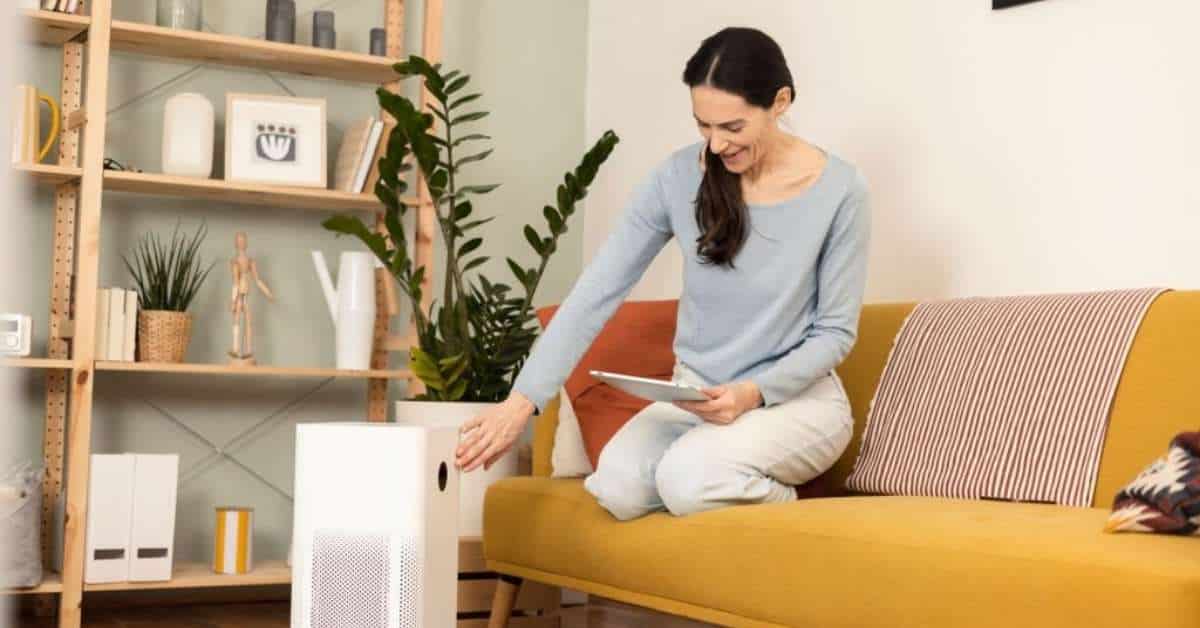
Image Source: iStockphoto
Not necessarily. There are whole-house air purifiers that are capable of encompassing areas with large square footage. A single unit of these whole-house air purifiers can easily maintain the cleanliness of your indoor air. However, you may also opt to provide an air purifier for every room in your house. This is when you don't have a whole-house air purifier, or you want a personalized air purifier in specific parts of your home (i.e., bedrooms and kitchens).
Before buying air purifiers for your home, hospital or restaurant, consider the following:
- Which rooms do most people occupy in your area that may need air cleaners to prevent the spread of COVID-19?
- Are there areas in your factory, house or establishment that experience air quality problems such as dust, smoke, and chemicals?
- Know the room size (in square feet) to match up the correct air purifier features (CADR)
Which Way Do You Put Your Air Purifier?
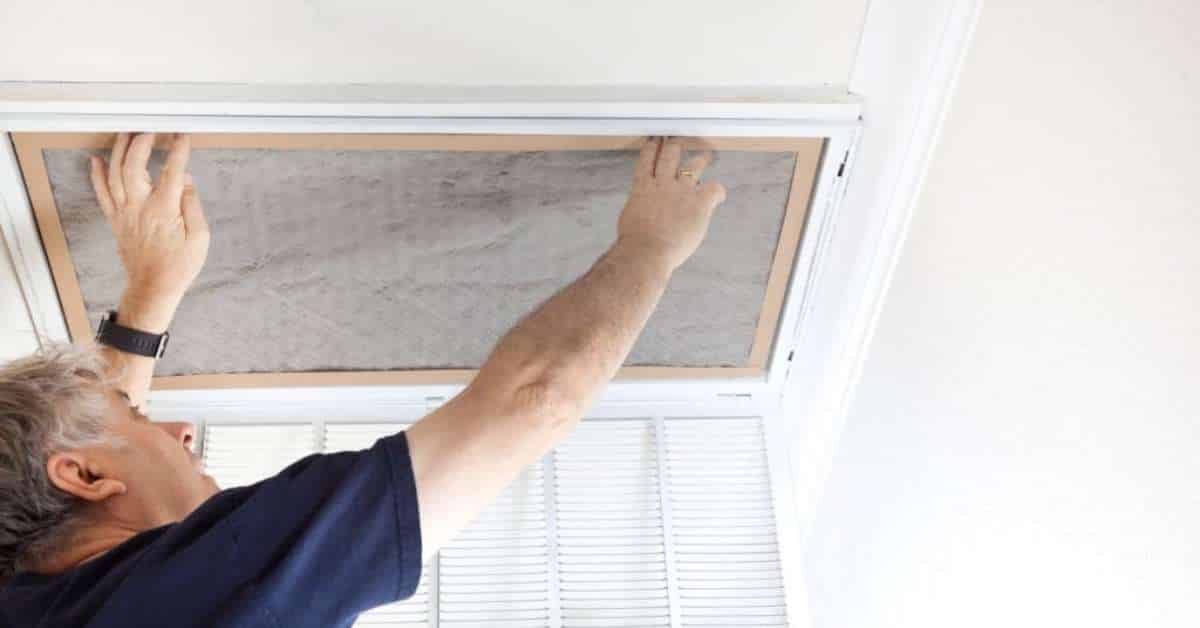
Image Source: iStockphoto
The efficiency of air purifiers depends on where you are going to place them. You need to make sure that they can operate properly, free from hindrances and other obstructions.
At the same time, it is worth noting that air purifiers work better for you if they are placed in a particular direction. Let's explore these things in detail:
High or Low?
You need to decide whether or not the air purifier will be in an elevated position or not. In some cases, air purifiers have to be put in an elevated position to ensure that they can absorb as much air as possible.
Some air purifiers have weak airflow. Hence, you can't assume that they can absorb the entirety of the air around them. If your home has a high vertical space, it would be difficult for those small, portable air purifiers to provide comprehensive coverage.
At this point, it is evident that air purifiers that have more extensive coverage can provide more efficient air cleaning results. After all, they can absorb as much air as possible.
There are tower air purifiers that have elevated bodies that enable them to absorb and distribute air. Low-lying air purifiers can still get the job done, especially if you aren't dwelling in areas with high vertical space.
Upstairs or Downstairs
It is really up to you if an air purifier goes upstairs or downstairs. Usually, if you have a whole-house air purifier, you wouldn't have to deal with this dilemma. But for single-room air purifiers with limited coverages, you need to decide on the basis of urgency.
Most of the time, air purifiers are put downstairs since most areas with high human traffic are there (i.e., kitchens, living rooms, and bathrooms. If the presence of contaminants is higher downstairs than upstairs, it is logical that you keep them there.
Of course, you may also want to put an air purifier upstairs, as well. Bedrooms are usually prone to the proliferation of airborne contaminants, such as dust mites and pollen. If you have children or babies, and their rooms are upstairs, an air purifier is needed there.
You may simply want to put an air purifier in each room of your house if you think that you can handle the cost and you need foolproof protection against hidden pollutants in the air.
Floor or Table?
An air purifier should be placed on the floor if it is too big. You should never place heavy and bulky appliances on tables, even if they are sturdy. They would cause scratches and dents to the table, which is not a good thing.
You may only put an air purifier in if it is a portable, compact model. These air purifiers are small and have limited coverage. But they are great for personal use. For instance, if you have a dedicated working room in your home, these air purifiers should sit well on top of a table.
Other than that, air purifiers should remain on the floor. In this way, they can operate with stability. At the same time, putting them on the floor would prevent them from being toppled accidentally. Small movements can drop them on the floor, which could cause serious damage to the machine.
Fundamental Rules When Placing Air Purifiers At Indoors
We all know that bad air can cause allergies, asthma, and aggravation of existing illnesses. You can't recover quickly from sickness if exposed to contaminated air. Air purifiers filter the pollutants that are within your air. But for them to provide the most prolific results, you need to place them in the most suitable location possible. For starters, here are some of the guidelines when it comes to choosing the ideal spot where you should put these air purifiers.
#1 Avoid Obstructions and Tight Spaces

Corners and places with a lot of obstructions are not the best places to put your air purifier. This will only hinder it from sucking in all the contaminated air in a short period of time. You should never place an air purifier in a spot where objects can block its airflow. Hence, you should not put in the middle of towering furniture, behind cabinets, and large chairs and sofas. As much as possible, there should be at least three to four feet of free space on all sides of the air purifier. In this way, you can guarantee that its airflow would never be impeded. Of course, the more space you provide for these air purifiers, the more efficient they are in removing harmful contaminants. This is especially true if you have a small, personal air purifier. These air purifiers have weak airflow, so you need to free as much space for them.
Best places to put an air purifier in your house:
- Near the wall sides
- Near the doorway
- Near your dresser
- Opposite side of the TV
Tip #2. Place it near your door
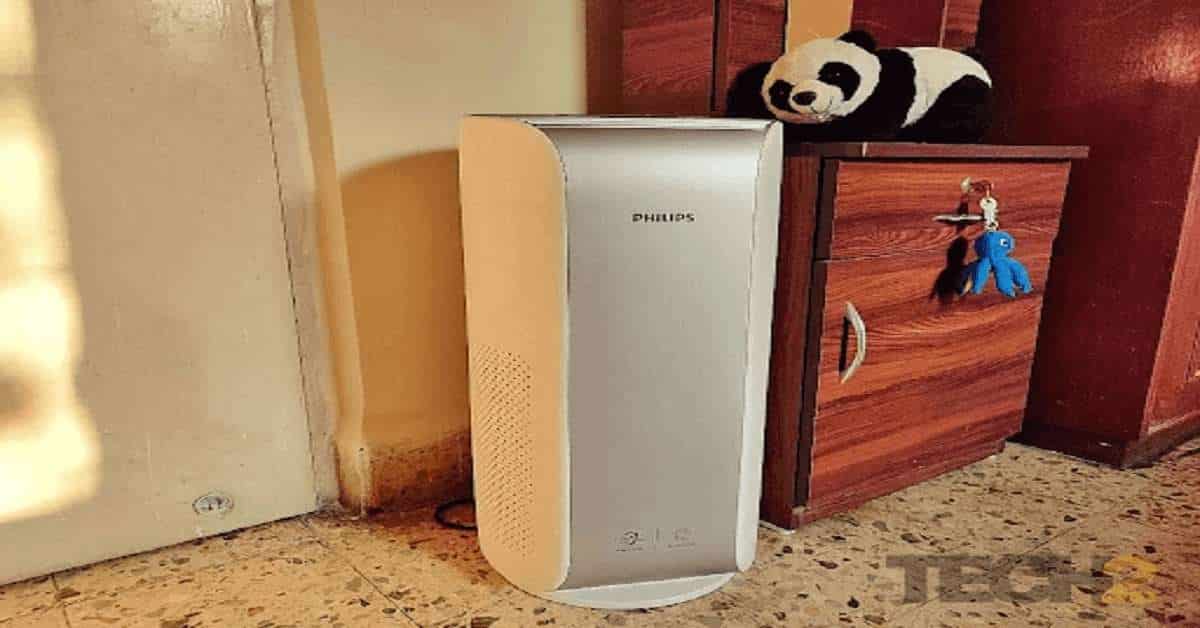
You can place the air purifier near your door and windows where most dusts and pollution come from. The moment dirty air enters your home or area, most of it will be filtered by the air purifier even before reaching your nose.
Tip #3. Note the size of your room to the coverage of your air purifier
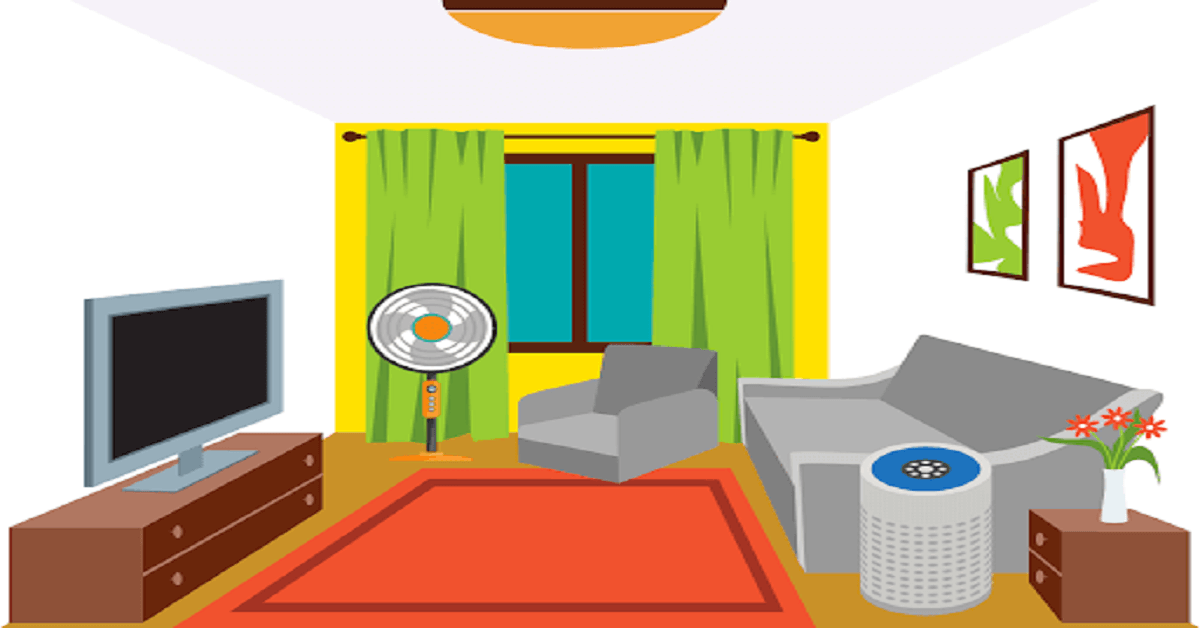
There are two golden rules when you are choosing an air purifier:
- Don't choose a large air purifier for a small room and,
- Don't choose a small desk air purifier for a large room
So if you feel like using a large room air purifier for a small room to make sure the air is squeaky clean, think again. There's no point recirculating good air once it has been filtered and this will only put extra cost on your bills.
On the other end, if you use a small air purifier, like a desktop model, to clean a large room, this won't work either. It will only let polluted air stay in your room.
#4 Far Away from Electronics
Sometimes, it is quite tempting to put these air purifiers near your favorite electronics. But don't do that. Otherwise, there would be a problem with the operation of these appliances. Air purifiers, especially digital ones, can cause interferences on radios, televisions, and computers. They can even disrupt the WiFi connectivity of those devices, especially if the air purifiers are too near. There should be at least five feet of distance between your air purifier and these electronics. The farther the distance, the better.
#5 Avoid Areas With High Humidity
There's a problem if you are going to put an air purifier in areas where the humidity is high. High humidity means that the air is heavy. And that is bad for air purifiers. One reason for this is that it would push the air purifier to work more to absorb the heavy air. Another reason is that heavy air might interfere with the effectiveness of the HEPA filter. Common areas with high humidity are bathrooms, kitchens, and basements. Water is a constant element in these places. Of course, they are prone to the production of molds, which are a form of indoor pollutant. So aside from running an air purifier, you also need to place a dehumidifier on them. These dehumidifiers help regulate excessive moisture.
#6 Place the Air Purifier Close to Common Pollutants
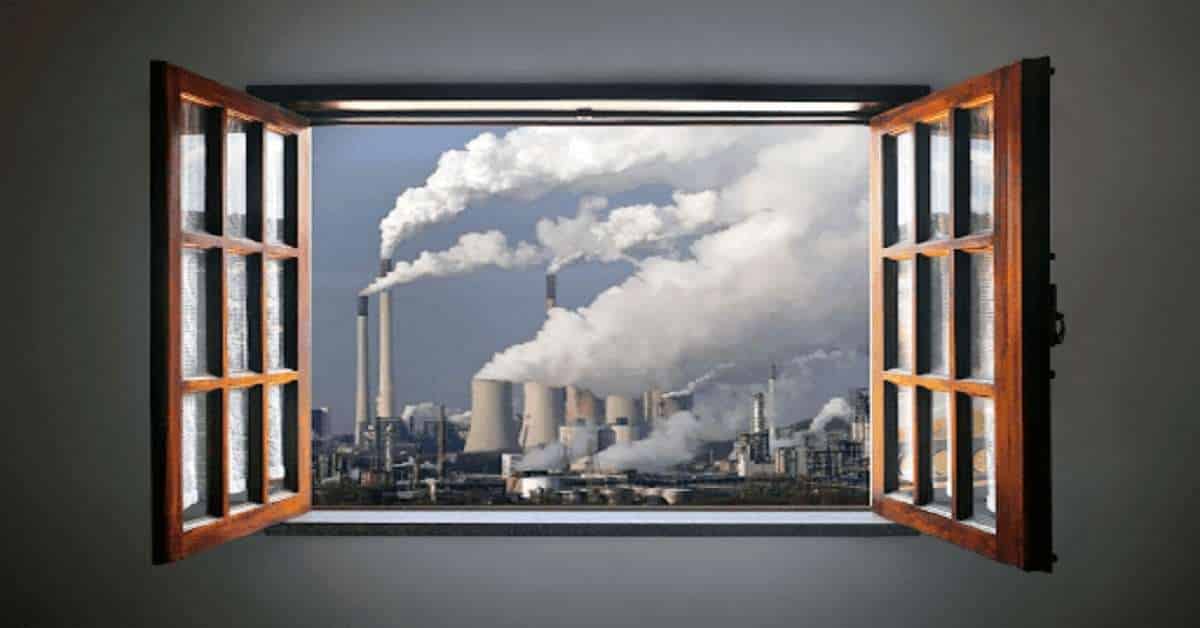
Treat your air purifiers as your defenders. If you are under attack, you want them to be on the frontlines. Hence, it is just logical that you place these air purifiers in areas where the pollutants are present. For instance, if your pet plays in your living room, the air purifier should be present there. Does your bedroom have dust mites? An air purifier must be present there, too. Do you think that your basement has mold problems? It deserves the service of an air purifier. You might consider putting your air purifiers on your windows, especially if you tend to open them for a couple of hours for air circulation. In this way, the entry of outdoor contaminants would be minimized. There are certain places in your area or establishment that receive more dust and pollution than the others. Find out which is more likely that airborne contaminants are coming from and place your air purifier close to it. This makes it possible for your commercial air purifier to trap contaminants before they even get to your lungs.
#7 Place it in Places With Unpleasant Odors

Your cat litter box can be one of the sources of your home pollution as it gases out foul odors. Some other spaces which emit unpleasant smells could be smoking areas, near the comfort room or your dining area.
If you have pets in your home, an air purifier is definitely useful not just in trapping smells but also pet dander.
#8 Place it at your HVAC's air intake
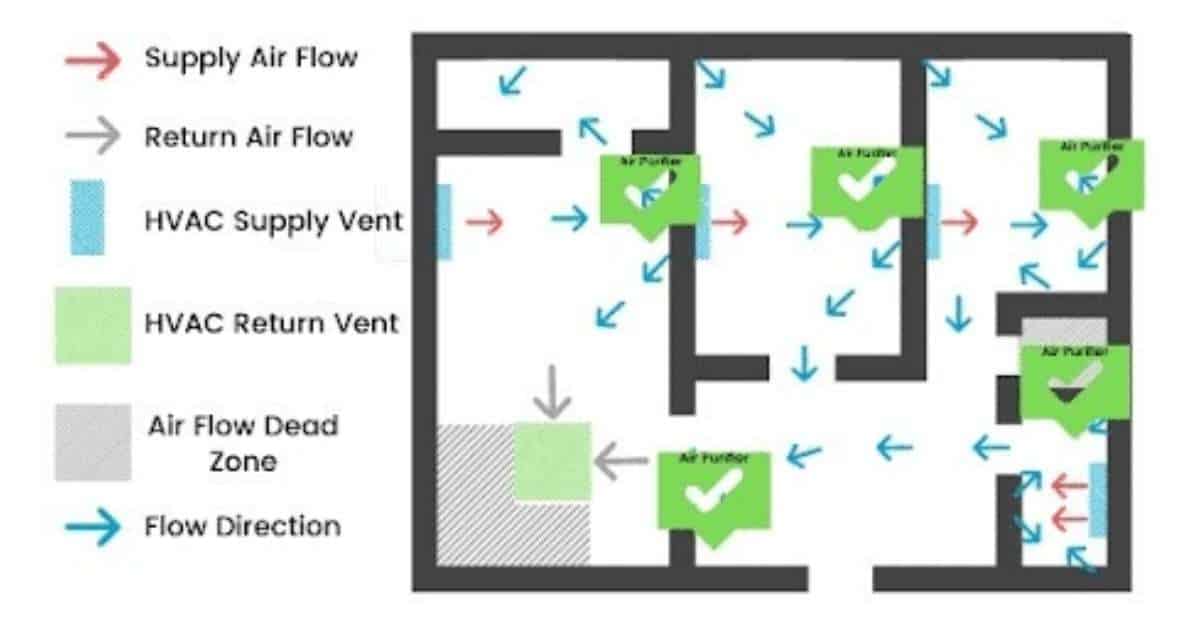
To significantly optimize the use of your HEPA air purifier, you can place it to where your HVAC system sucks in the air. This helps in reducing air pollution and ultra-fine particles from being drawn into your HVAC. Place it in a way that the device will not cause turbulence with supply vents, as shown in the picture above.
An HVAC system is not really efficient in cleaning polluted indoor air. So with an air purifier at the intake, it will pump cleaner air around the room. There are also air cleaning units which are pre-built into the HVAC system which has the same principle. Powerful air purifiers, such as AHAM-verified air cleaners, are quite effective in absorbing air. These systems have strong motors and fans that enable them to suck air efficiently. You can identify if an air purifier has a powerful airflow through its Clean Air Delivery Rate.
The higher the number, the more powerful the air purifier is. Despite this, you should still place an air purifier in areas where the airflow is good. It would double the output of the air purifier. It can remove airborne contaminants faster and in higher volumes. Hence, you need to place the air purifier in windows, doors, and walls. In these locations, air tends to move a lot.
Other Concerns You Might Care About
Which Way Does Air Filter Go in the Wall?

Image Source: iStockphoto
Suppose your home has built-in filters. Good for you. That means that there's an additional mechanism that keeps you safe from airborne contaminants. Of course, that would also mean that you need to change its filter from time to time. After all, they work the same way as air purifiers.
When inserting a brand-new air filter, look for its arrow. This arrow should face the air filter unit. It should not face the return air duct; the latter is the one that transfers the air that will be cooled or heated.
If the unit is placed against a wall, then the arrow on the filter must face the wall directly. If the unit is affixed to the ceiling, the arrow should also point toward the ceiling. Most air filters have arrows on them to guide users on their installation. If you can't find it, search again. Look for the sides, as the arrow could be printed there.
How Long Should I Leave My Air Purifier On?
It depends. After all, air purifiers are designed to run continuously. Even if you don't shut them off, there's no problem. In fact, it is recommended that these air purifiers have a non-stop operation in areas and properties that have severe indoor air pollution problems.
However, you are still free to turn off the air purifier. You can switch it off if you are away from your home. You can also do the same if you are sleeping or if there's no one present in the house.
But if you think that airborne pollutants are persistent in your living spaces, we suggest that you keep the air purifier running.
Should You Run an Air Purifier With the Windows Open?
Evidently, air purifiers work better if there are no gaps or seams open. This means that these devices are more efficient when there are no open windows and doors. Shutting them would reduce the chances of outdoor pollutants entering your home.
But of course, it is impossible to keep them close all the time, right? For some reason, we need to open our windows. In this case, should you keep your air purifier running?
Actually, you are allowed to do so. But keep in mind that the effectiveness of the air purifier would be reduced if it runs while the windows are open. So your best route here is to keep your windows closed while using an air purifier.
If you insist on using an air purifier in a room with open windows, then make sure that the air purifier has extensive coverage. Specifically, this indicates that the air purifier should have broader effective coverage than the actual square footage of your room. For example, if the room has a size of 300 square feet, the air purifier should be at least rated at 400 square feet!
Wrapping Up
Air purifiers are effective means of improving and maintaining the air quality of your home. They can eliminate the common causes of respiratory problems, such as dust, dirt, allergens, and pathogens.
On their own, they can do this job efficiently. However, you can fully maximize their performance by placing them in the correct location. Strategic placement helps them optimize their airflow and ability to capture floating contaminants.
If you have a large house, a medical facility or an establishment, you need to consider the areas where you should place air purifiers. This is to protect your customers or your family from getting infected by the coronavirus, or getting sick from dust, chemicals , pollens and allergens.
| Air Purifiers for Different Room Types | Recommended Air Purifiers for different pollutants | Coverage | CADR | Useful Guide |
|---|---|---|---|---|
| Hospitals | HisoAir Model HA-1601(Medical grade air purifiers) | 55-94 square meters | 800 m3/h | mold spores in the air |
| Commercial Areas | HisoAir Model HA-1968 | 90-180 square meters | 1500 m3/h | musty smell in basement |
| Car & Garbage | HisoAir Model HA-139 | 28-48 square meters | 400 m3/h | radon smoke smell |
| Office & Work Space | HisoAir Model HA-W400 | 30-50 square meters | 444 m3/h | Dust floating in the air |
| Hair Salon Nail salon |
HisoAir Model HA-139 | 28-48 square meters | 400 m3/h | seasonal allergies |
| Home & Kitchen | HisoAir Model HA-1601 (Air purifiers for mold) | 55-94 square meters | 800 m3/h | Formaldehyde Cooking smell in the kitchen |
| Hotel Room | HisoAir Model HA-1968 (Air purifiers for vocs & Formaldehyde) | 90-180 square meters | 1500 m3/h | Dust |
| School & Classroom | HisoAir Model HA-1968 (Air purifiers for smoke) | 90-180 square meters | 1500 m3/h | weed smell |
| Living Room | HisoAir Model HA-139 | 28-48 square meters | 400 m3/h | Pet odors cat allergies naturally |
Do you need bulk air purifiers for your company? HisoAir is an OEM/ODM air purifier manufacturer in China offering high performance air purifiers for medical and industry uses. We also have desk air purifiers for homes, apartments and small rooms.


